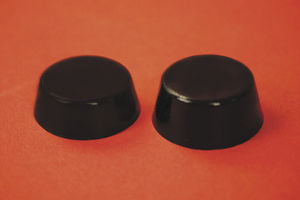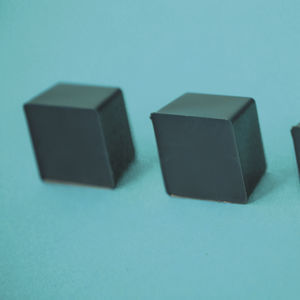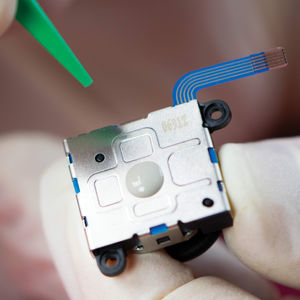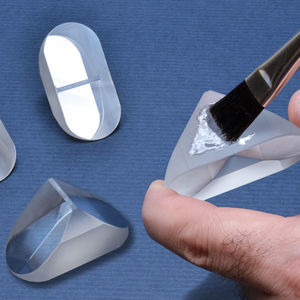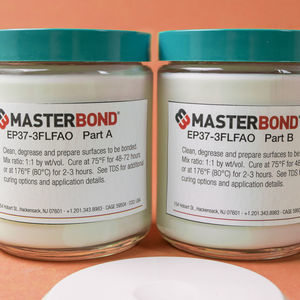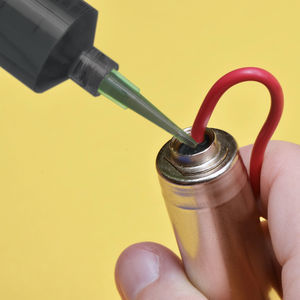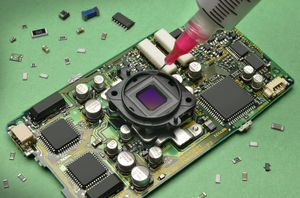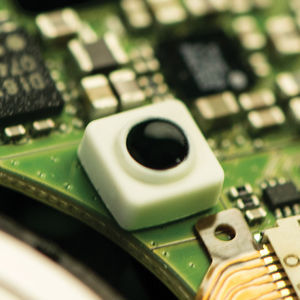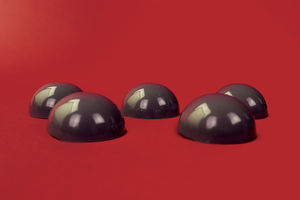
- Products
- Catalogs
- News & Trends
- Exhibitions
Epoxy adhesive EP114 for aeronauticsfor metalsglass
Add to favorites
Compare this product
Characteristics
- Chemical composition
- epoxy
- Product applications
- for aeronautics, for metals, glass, for plastics, for ceramics, for composites
- Number of components
- two-component
- Technical characteristics
- low outgassing, low-viscosity, electrically insulating, water-resistant
Description
Exceptionally low shrinkage upon curing
Superior dimensional stability
Master Bond EP114 is a two component, nanosilica filled epoxy system for potting, coating and sealing. The addition of the nano particles enhances the dimensional stability and the already exceptionally low shrinkage upon curing. EP114 has a 100 to 80 mix ratio by weight. It has an unusually low viscosity along with a very long open time of 2-4 days. EP114 requires oven curing. A typical cure schedule is 2-3 hours at 250°F followed by 5-8 hours at 300°F with a 2 hour or longer post cure at 350°F, although a number of variations are possible.
EP114 bonds well to a wide variety of substrates including metals, composites, glass, ceramics and plastics. It is a top tier electrical insulator. Its Tg exceeds 200°C and the service temperature range is -100°F to +550°F. It is highly resistant to water, oils, and fuels. EP114 is optically clear and transmits light very well, especially in the range of 350 to 1600 nanometers. While EP114 is ideally suited for small potting and encapsulation applications, it can also be used for sealing and coating. EP114 should be considered in specialty OEM, electronic, and optical applications where this combination of properties is desirable.
Product Advantages
Very long open time
First rate electrical insulation properties
Tested for abrasion resistance per ASTM D4060-14
Withstands 1,000 hours 85°C/85% RH
Catalogs
No catalogs are available for this product.
See all of Master Bond Inc.‘s catalogsRelated Searches
- Master Bond adhesive
- Master Bond aeronautic adhesive
- Master Bond epoxy adhesive
- Master Bond bonding adhesive
- Master Bond metal adhesive
- Master Bond plastic adhesive
- Master Bond glass adhesive
- Master Bond ceramic adhesive
- Master Bond low outgassing adhesive
- Master Bond two-component adhesive
- Master Bond composite adhesive
- Master Bond electrically insulating adhesive
- Master Bond viscosity adhesive
- Master Bond water-resistant adhesive
- Master Bond thermally-conductive adhesive
- Master Bond high-temperature adhesive
- Master Bond single-component adhesive
- Master Bond low-viscosity adhesive
- Master Bond shear strength adhesive
- Master Bond flame-retardant adhesive
*Prices are pre-tax. They exclude delivery charges and customs duties and do not include additional charges for installation or activation options. Prices are indicative only and may vary by country, with changes to the cost of raw materials and exchange rates.









